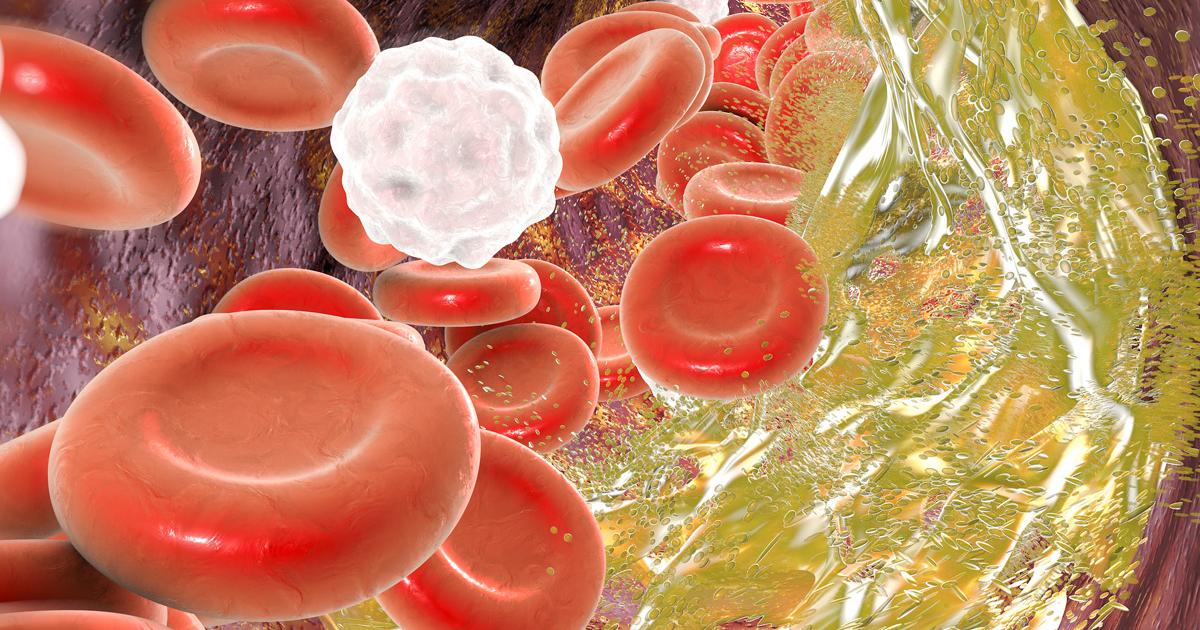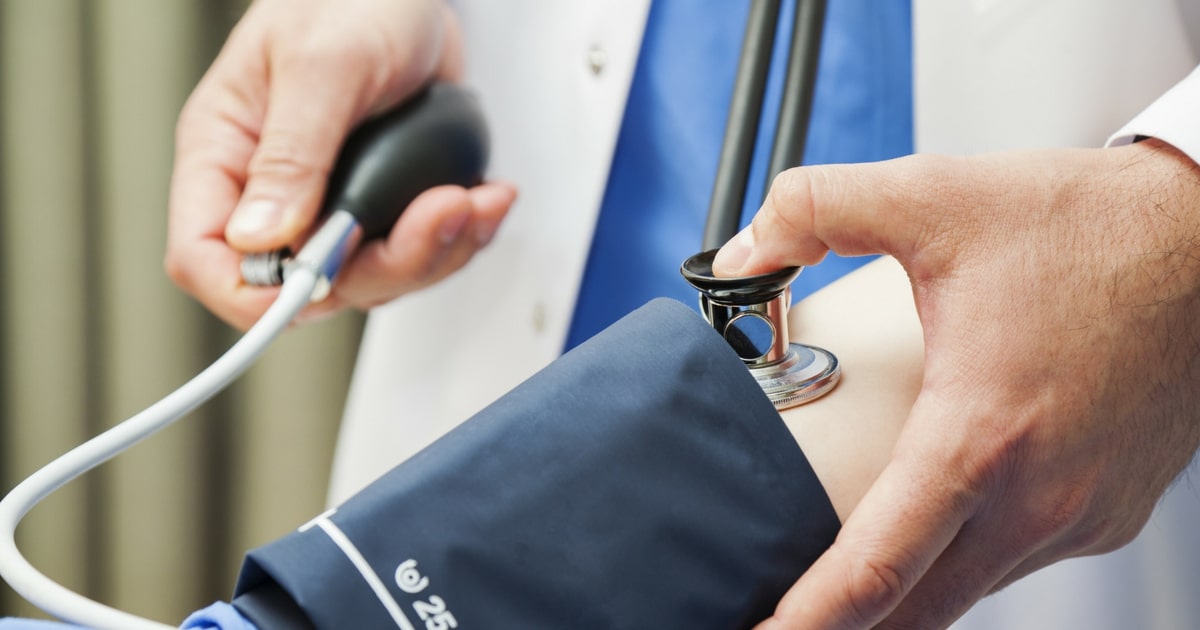Guide To Significant Stroke Causes And Risk Factors
Chronic High Blood Pressure
One of the most prevalent increased risk factors of a stroke in the general population is chronic high blood pressure. High blood pressure describes a higher than average amount of force blood is putting on the blood vessel walls as it moves through them. While the blood vessels in the body are designed to be adaptive to high blood pressure, they can only adapt to a certain extent. Beyond the ability of the blood vessels to stretch and accommodate high blood pressure, the inner vessel walls begin to split, tear, and incur damage.
After an extended period of high blood pressure, numerous artery walls become damaged. This damage to the lining of the arteries or the endothelium allows toxic and harmful substances to enter the vessel walls. Once these substances enter the wall of the arteries, they solidify and accumulate. This condition is referred to as cardiovascular disease or atherosclerosis. Plaque buildup in an artery in the brain can restrict blood flow and cause a stroke. A stray clump of plaque can also become lodged in an artery in the brain and result in a stroke.
Discover additional risk factors for experiencing a stroke now.
High Cholesterol

An individual is at a greater risk of experiencing a stroke when they have high levels of certain plaque-promoting substances in their body, like high cholesterol. High cholesterol refers to when an individual has a large amount of low-density lipoprotein cholesterol in their body. This harmful cholesterol gravitates to the areas where the individual has damage in their blood vessel and lodges itself in the blood vessel walls in the vulnerable areas. The individual's immune system senses the harmful substance and sends an influx of immune components to the site to encapsulate or trap the substance.
However, the reaction between the white blood cells and the cholesterol is not helpful. This is because it triggers the proliferation of muscle cells on the interior lining of the artery that develops a cap over it. High cholesterol in the body can allow this process to occur in dozens of blood vessels. Quick spikes of high blood pressure or another form of impact can result in the rupture of the plaque cap, releasing the hardened clump of cholesterol into the bloodstream. The plaque can then travel to the individual's brain and become lodged in an artery, causing a stroke.
Read more about the risk factors associated with strokes now.
